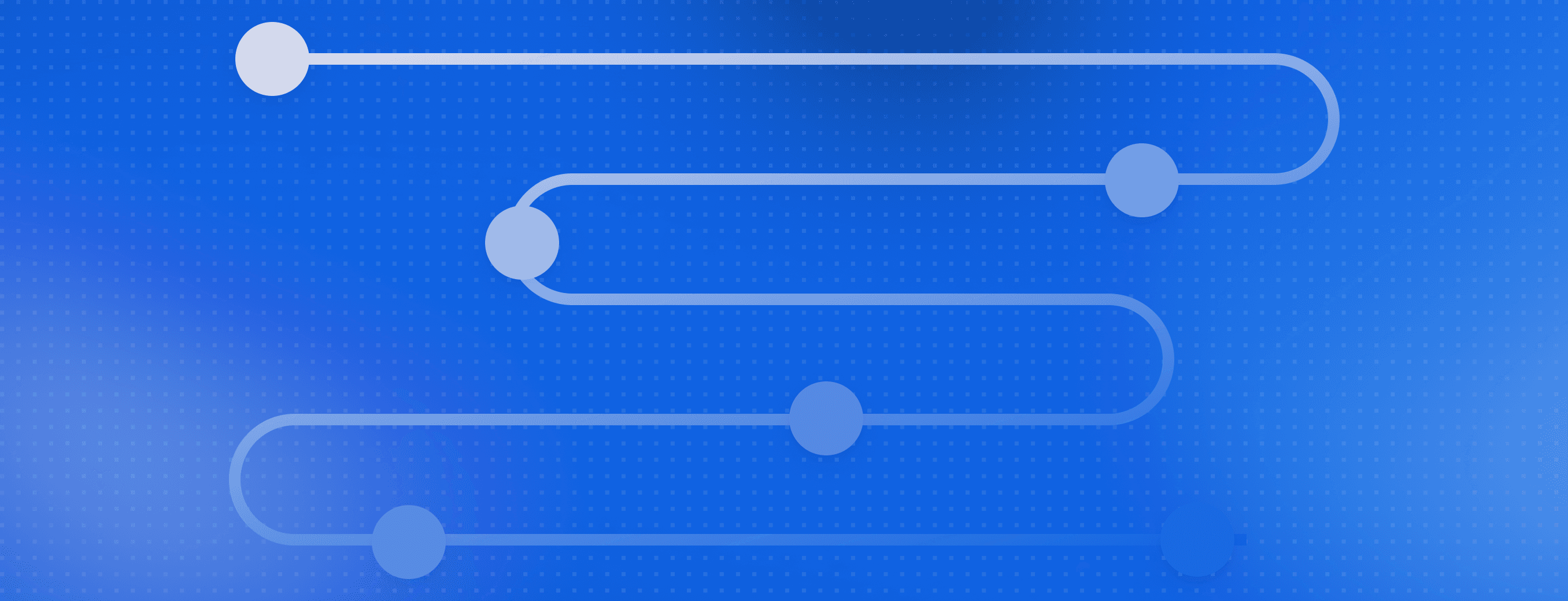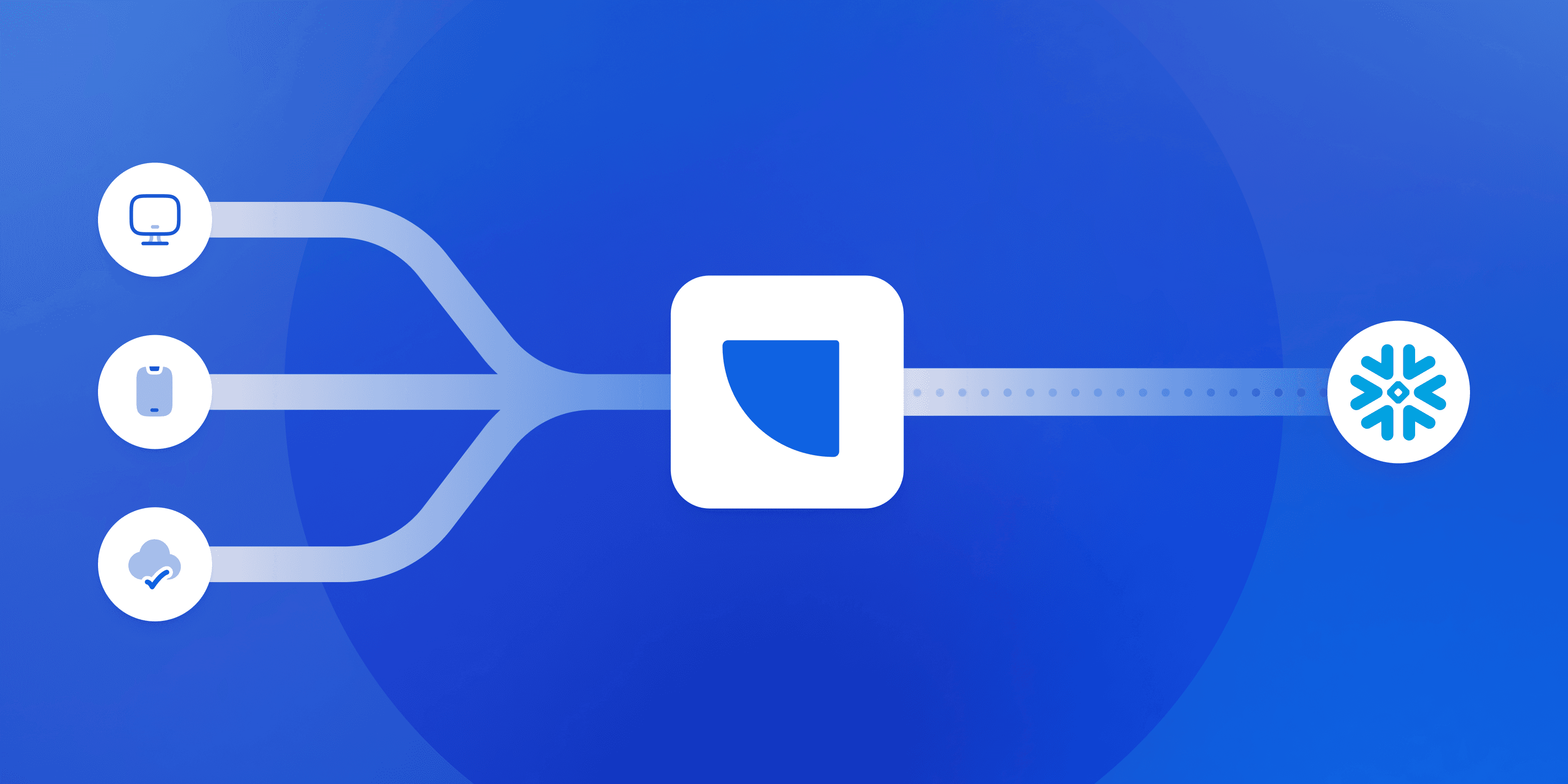Unified data platform: How it works & why you need one
by Brooks Patterson
Understanding event data: The foundation of your customer journey
by Danika Rockett
Event streaming: What it is, how it works, and why you should use it
by Brooks Patterson

Enterprise data integration: Importance, tools, and best practices
In this article, we'll break down what enterprise data integration is, why it matters, the tools and architectures that support it, and best practices to ensure your integration strategy scales with your business.

Hybrid integration platform: What it is and how it works
In this article, we'll explore what hybrid integration is, how it works, key use cases, and the tools and architectures that support a scalable, future-ready approach.

Data onboarding: How to streamline your process
In this article, we'll break down the key steps of the onboarding process, highlight common pitfalls, and share best practices to help you streamline integration while maintaining data accuracy, governance, and compliance.

How to create a strong data management strategy
In this article, we'll walk through the core elements of a modern data management strategy, explore common pitfalls, and share best practices to help you build a scalable framework.

Data warehouse automation: Tools and benefits
In this article, we'll explore what data warehouse automation is, its key benefits, use cases, and the essential tools that can help you modernize your analytics pipeline.

From pricing to performance: How Bolt built a future-proof marketing data stack
We sat down with Polina Shevchenko, Head of Marketing Technology and Measurement at Bolt, to discuss how her team approaches martech decisions, the role of customer data platforms in scaling operations, and what the future holds for AI in marketing.

Streaming data integration: Use cases and tools
This guide explores the principles and applications of streaming data integration, including why it matters, how it works, and what it takes to make it reliable at scale.

Data federation: Understanding what it is and how it works
Accessing and analyzing data across multiple tools and systems without duplicating or transferring can be a major challenge, especially when speed, accuracy, and cost control are priorities. This article explains how data federation can help.

Data pipeline monitoring: Tools and best practices
Data pipeline monitoring provides real-time visibility into data flow, helping teams detect issues early and ensure reliability across the data journey. This article explains how.







